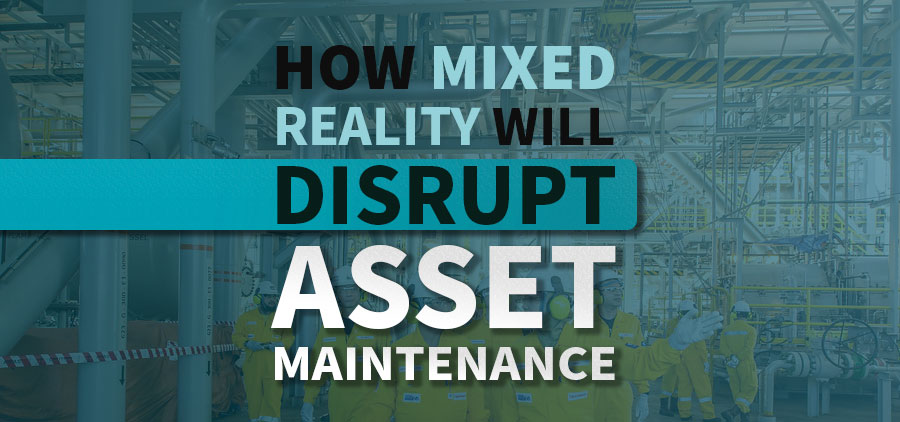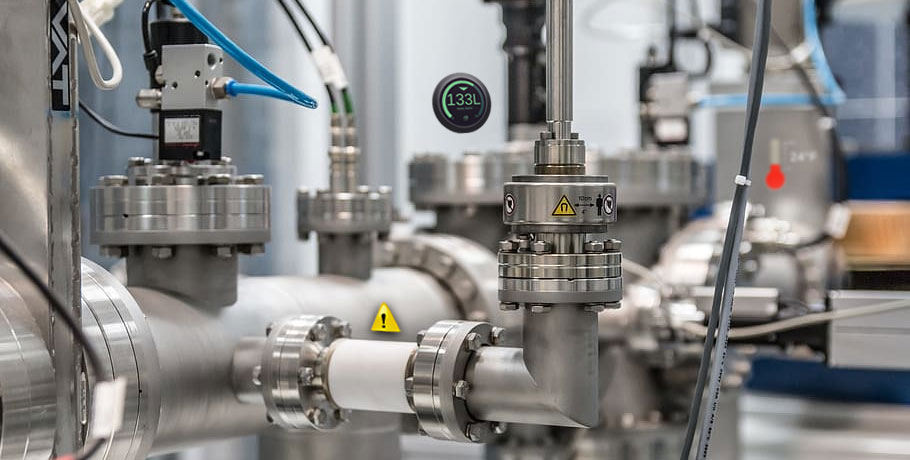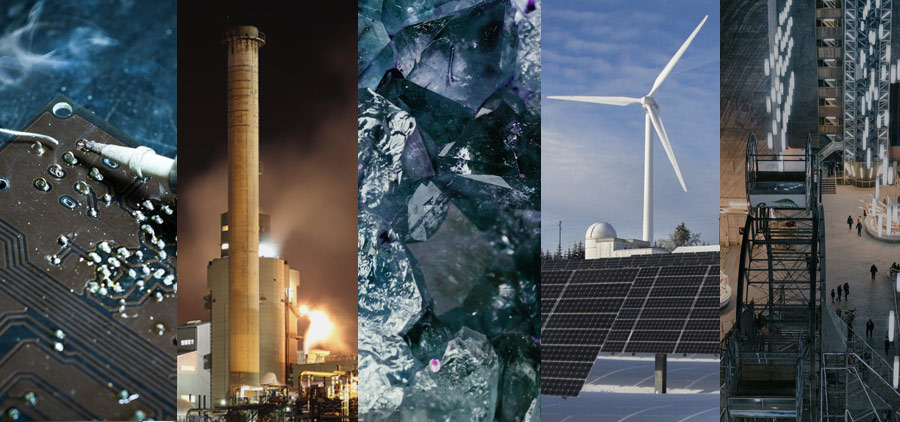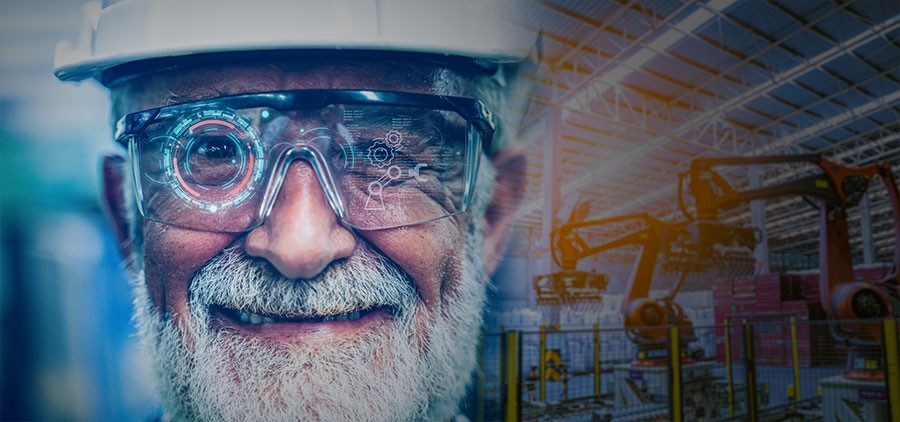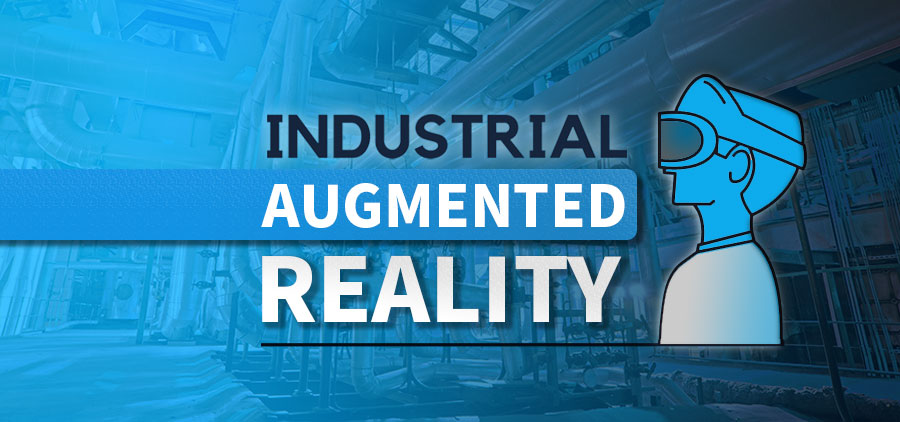Walk into a room and ask this question:
Has anyone here watched a Youtube video when they didn’t know how to do something?
Given the 2020 that everyone had, I would bet any money that the majority of the room would raise their hand, regardless of age. From repairs on your home to that loaf of sourdough, there isn’t much that you CAN’T find on Youtube!
- Fix the surface thermal igniter on your stove? There is a video for that.
- Replace the valve timing seals on the VANOS of a BMW? Youtube has your back!
- Repair and maintain a critical control valve in a refinery?
Yes, Youtube does have a video for that. Lots of videos.
Problem solved then, right?
Not really.
The question is, why not?
Fast Paced High Stakes Maintenance
Unlike the stove or the car, maintenance of industrial control valves is not performed in the comfort of one’s kitchen or garage, but in a dynamic and often high-risk environment. The risk associated with your stove not working that evening or the car occupying the garage for an extra week of minor inconveniences at worst.
In an industrial environment, failure of a critical component that leads to unplanned downtime can cost organizations tens of thousands of dollars an hour in lost production time!
Unplanned downtime, depending on the industry, can range from $30,000/hour, to $50,000/hour in losses!
This revenue is very difficult to recover, and each instance of downtime has a cascading effect, from the impact of bringing units to a safe state to be able to perform work, to the staging of resources and personnel to accomplish the same. Then you have to bring the units back online and hope that the very act of shutting down assets and bringing them back didn’t instigate additional maintenance issues.
Now let’s compound this issue by putting an inexperienced engineer on the maintenance team, because at this point that is the only one available to assist. Any tasks performed will take longer than desired, and the work will need to be verified by someone with a greater degree of expertise with that particular asset.
Oh, and let’s not forget that for the thousands of potential valves, they are sized differently, come from different vendors and are applied to different services.
Bridging the Industrial Skills Gap
With Youtube instruction, you are following along with the experts. In an industrial environment, you need to BE THE EXPERT!
Now you might think that the answer is to just hire experts, right? Except we know that availability of the desired expertise is limited in industry, and many subject matter experts, or SME’s, are nearing retirement. They are leaving a significant gap in knowledge and experience between them and the incoming generation of operators and engineers. This article discusses the proverbial “bridge” that needs to be built between those with data locked in their minds, to those that will take their place.
Augmented Reality Improves Situational Awareness
Let’s bring it back to Youtube, and maintenance on this particular valve. Let’s say a new engineer had the leeway to go ahead and use a video example of a valve to perform the work. Now this engineer is going to be going back and forth, rewinding to cover the last bit that they missed, and double-checking to make sure they don’t mess it up.
Except that this valve is not identical to the one in the video, or the actuator is a different make, or the model information has become worn and unreadable, etc.
Not to mention the lack of situational awareness as they jump between phone and work to get this done. What then happens is they use the radio to have someone check the P&ID’s to determine the valve type, except these are all paper documents and no one knows exactly where they are. They would tap the seasoned maintenance tech, except he is on vacation 1,000 miles away. Seems less than ideal…
Predictive Analytics With Mixed Reality
Ok, let’s play that back, except now the engineer is using Augmented Reality Glasses to perform maintenance.
Predictive analytics has detected an impending failure on a critical control valve, and the transition to the auxiliary valve is underway to minimize the impact to production. Central control sees the issue pop up on their HMI’s and automatically generates a work order to stage the area for the valve repair.
Operations and maintenance are able to coordinate through their displays as they stage the equipment, performing any lockouts or tagouts required, with all documentation and signatures being verified electronically.
The notice that work will be performed in the area is distributed to headsets in the field, notifying others to be cautious when moving equipment in that area.
The valve is now made safe for maintenance work, and all of the equipment is made available. The engineer tasked with this is given instruction and geographic guidance via their augmented reality glasses to the valve location. This engineer is less experienced, and the most senior maintenance tech is on vacation.
This is not an issue though, because the analytics workflow software has already notified the personnel available to support this effort from another location. This experienced engineer is now connected to the engineer in the field, seeing exactly what they are seeing. Drawings and documentation are all digitally accessible, as is the support from valve vendors.
Propelling Digital Transformation
The less-experienced engineer is learning in the most comprehensive and immersive way possible, providing value to the plant and continuing to enhance their own capabilities. All the while operations and leadership can be confident in the work performed, as those with the most experience were able to be there every step of the way, as if their own hands were doing the work.
Industry Has Changed
But luckily so has technology.
Gone are the days of referencing crumbling documentation in a rusty cabinet. Two-way radio communication will make way for a persona-based mode of communication, all based on the role of the engineer and the task required.
Knowledge is no longer siloed, and is accessible to all who need it.
With the task complete, the engineer can then be guided to the next location for work, all based on the health of the assets and the current operational conditions. Costs and risk are reduced through a more efficient and aware organization. Your organizations’ Digital Transformation efforts will continue to realize their value as the plant responds to the applied adaptive analytics and maintenance is performed based on the health of the assets.
Making the technology work, not the other way around!
Everything can then be brought together by integrating people and software through the lens of augmented reality.
And when people don’t need to work overtime to complete a task, they have the freedom to get back to fixing their stove or watching Gordon Ramsay lose his mind over a dreadful plate of food on Youtube. I guess that’s a good thing?


